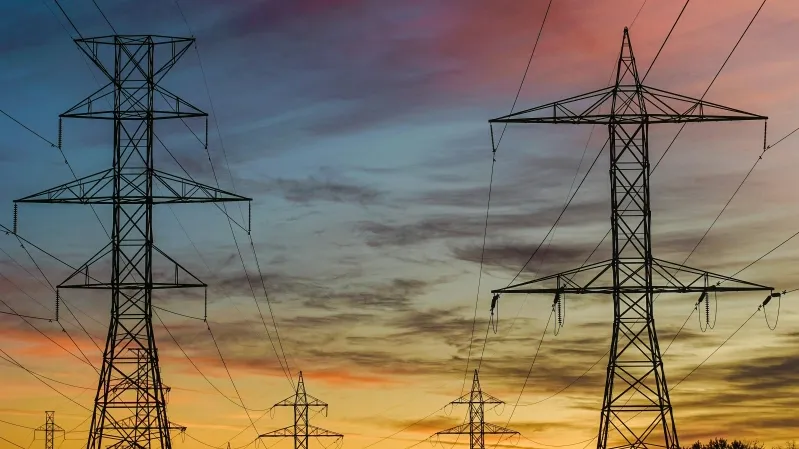
ASEAN could save $800b in decarbonisation costs with regional cooperation
This could happen in a scenario where sharing of resources is “unconstrained.”
Regional collaboration through power interconnectors, hydrogen networks and energy storage could reduce the cost of decarbonisation amongst the member states of the Association of Southeast Asian Nations by $800b, according to a report by DNV.
DNV developed three scenarios for decarbonising the region’s power sector and found that the Regional Cooperation scenario, which assumes full regional decarbonisation with unconstrained sharing of resources, could result in the highest cost reduction compared to the other models.
The net present cost for decarbonising under the first scenario or the individual approach that does not consider regional interconnection is $7.2t.
For the Moderate Interconnection scenario, which is based on the development of the ASEAN Power Grid, the cost is estimated at $6.7t.
“Decarbonisation is a global challenge and ASEAN countries should not address this individually. With increased cooperation and resource sharing we can increase the speed of the energy transition while reducing the cost to consumers and the environment,” said Mats de Ronde, Team Lead, Energy Markets & Strategy APAC, Energy Systems at DNV.
ALSO READ: ASEAN energy demand to grow by 21% in 2024
Under the Regional Cooperation scenario, the region’s required solar generating capacity is expected to be reduced by up to 600 gigawatts by 2050.
ASEAN would also need 1.2 terawatt-hours (TWh) less of electrical storage and 16 TWh less hydrogen storage. It will also reduce the footprint required for energy transition by 13%.
"The main trade-off for the economic benefits is that such a transition would require significant amounts of additional electricity interconnection capacity involving up to 3.57 million kilometres of cable" the report read, adding that this is 29% higher than the global demand for the transmission cables projected by DNV's Energy Transition Outlook.













 Advertise
Advertise











